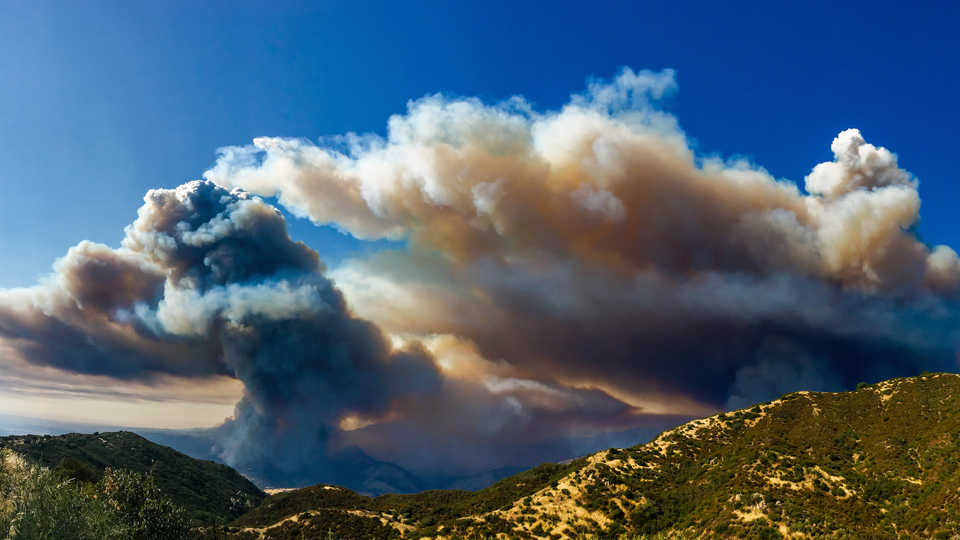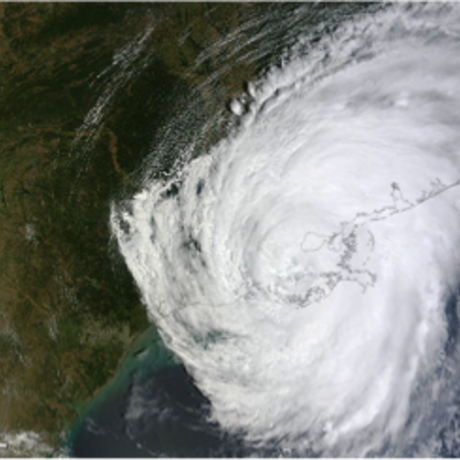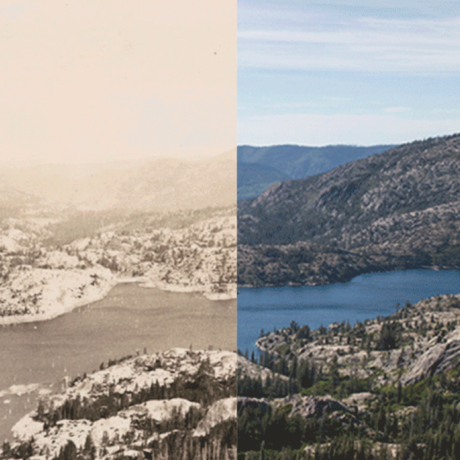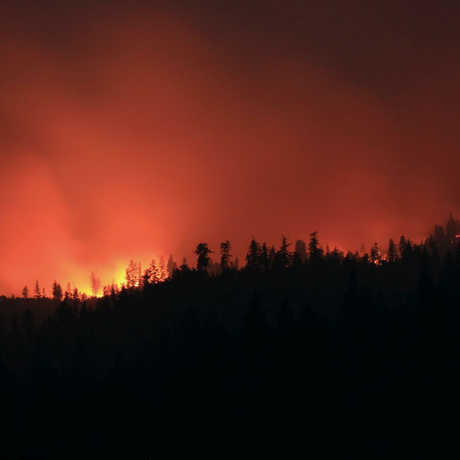Science News
Drought, Trees and Wildfires

Earlier this week, the Soberanes fire in Monterey County grew 931 acres overnight. The largest wildfire currently troubling California, it stretches over 37,000 hectares (92,000 acres) and demands another month to fully contain, officials say.
That may sound like a lot of acreage, but the Soberanes is but one of 13 large fires burning right now, including the San Luis Obispo Chimney Fire (half the size of the Soberanes fire) and the Rey Fire (about a third the size of Sobranes).
These events are the latest indicator of what experts say is a trend of larger, more intense fires that are increasingly costly to keep under control.
Intense droughts in recent years have increased fire frequency. But lower precipitation levels are only half the story; a graver threat may be the climbing temperatures accompanying them. For example, the drought in California from 2012–15 wasn’t unprecedented in terms of precipitation lows—similar levels occurred during the 1920s and 1930s. But temperatures during the recent drought averaged about 1°C (2°F) higher, significantly increasing atmospheric water demand and resulting in the most severe drought since California starting keeping record 120 years ago—perhaps even longer, says the U.S. Geological Survey.
Trees are dying by the millions as drought persists, populating landscapes with dry debris—ready-made fuel sources. 66 million trees of varying species, from oaks to pines, have died since 2010, according to the U.S. Forest Service. And the rate of death is accelerating; the agency announced earlier this summer that almost 40 percent of these trees had died in just the last eight months.
A recent aerial study of California assessing forest canopy water content found similarly sobering results: nearly 11 million hectares (over 26 million acres) of forest, home to perhaps 888 million trees, experienced measurable losses over the most recent drought period from 2011–15.
These widespread tree deaths lay the groundwork for worsening fires in the future, fire experts predict.
“[Tree death] doesn’t necessarily mean more fires, but if a fire gets into those areas where there’s massive tree die-off, it’s going to be much faster and more intense,” Cal Fire spokesman Daniel Berlant told the Los Angeles Times. “It’s going to be much harder for us to stop a fire in these dead forests, as opposed to when they were alive.”
Indeed, wildfires are quickly covering broader areas—from an average of less than 10 hectares (25 acres) in 1982 to roughly 40 hectares (100 acres) today, according to the National Interagency Fire Center. Long-term suppression of smaller fires is partly responsible for this growth, as it predisposes forests to larger events. Voracious bark beetles, thriving in warmer winters, are also fueling tree death.
As fires rage and tree deaths mount, management costs are skyrocketing. More than half of the Forest Service’s budget last year was spent on fire management, leaving little money for preventive efforts that would increase forest resilience, such as watershed protection and forest restoration.
In the latest announcement of tree deaths earlier this summer, Agriculture Secretary Tom Vilsack emphasized the necessity to prepare for worsening conditions nationally.
“While the fire risk is currently the most extreme in California because of the tree mortality, forests across the country are at risk of wildfire and urgently need restoration requiring a massive effort to remove this tinder and improve their health,” he said. “Tree dies-offs of this magnitude are unprecedented and increase the risk of catastrophic wildfires that puts property and lives at risk.”
Vilsack also urged more funding to combat wildfires, on par with other natural disasters.
“Unfortunately, unless Congress acts now to address how we pay for firefighting, the Forest Service will not have the resources necessary to address the forest die-off and restore our forests. Forcing the Forest Service to pay for massive wildfire disasters out of its pre-existing fixed budget instead of from an emergency fund like all other natural disasters means there is not enough money left to do the very work that would help restore these high mortality areas. We must fund wildfire suppression like other natural disasters in the country.”
Until then, firefighters continue to battle wildfires with limited resources and ample fuel.
Image: Rey Fire, Glenn Beltz/Flickr


